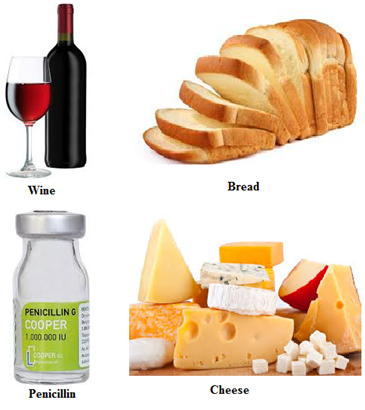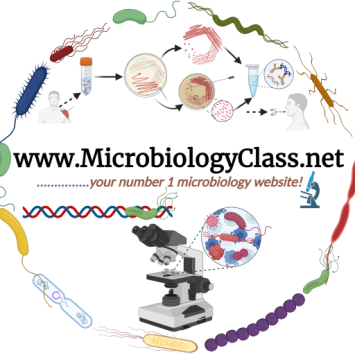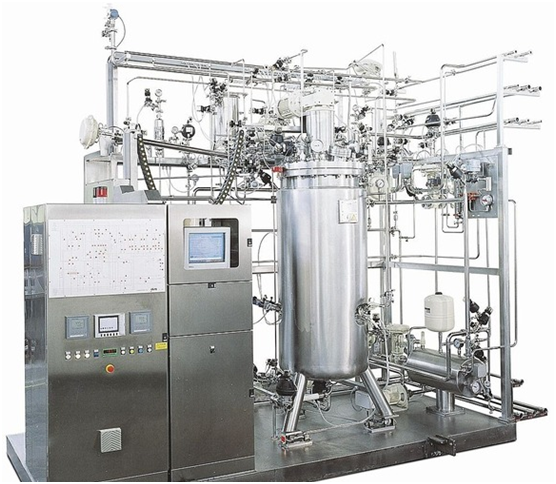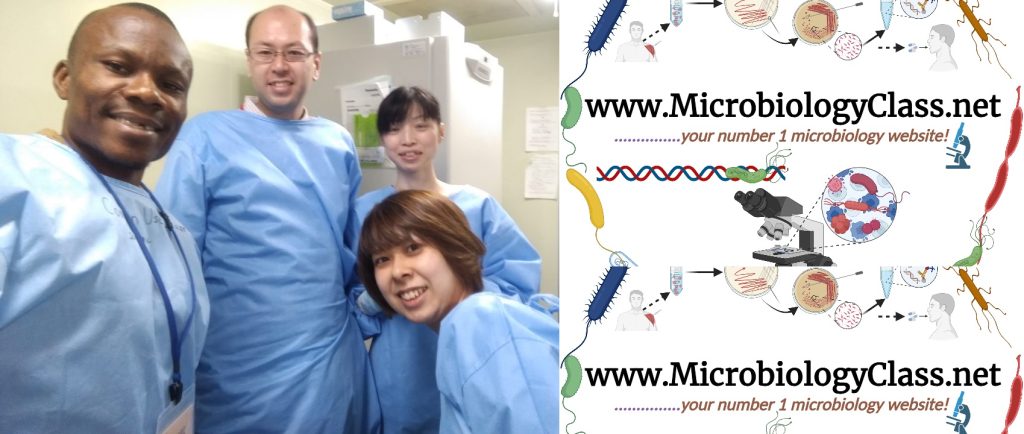- Fungi are saprophytic organisms. They breakdown organic matter in the environment, and thus enhance nutrient recycling in the natural environment.
- They are used in the industry for food production. Fungi play critical roles in beer production, wine production, and organic acids through the process of fermentation (Figure 1).
- They are also used in the production of bread. Saccharomyces cerevisiae (baker’s yeast) is a typical example of fungus used in the production of bread.
- Some fungi such as mushrooms are edible. Not all mushrooms are fit for human consumption because some species are poisonous and can cause death when eaten. Caution is therefore required when harvesting mushrooms from the wild for human consumption.
- Fungi are involved in symbiotic relationships with a number of organisms. For example, fungi form symbiotic associations with green algae or cyanobacteria to form lichens, a macro-organism.
- Secondary metabolites produced by fungi and symbiotic associations formed by fungal organisms (e.g. lichens) are important source of lead agents for the production of biopharmaceuticals and other bioactive agents and drugs.
- They store food as lipids and glycogen.
- Most fungi are environmental organisms, and they grow on simple nutrient medium containing carbohydrates and nitrogen.
- They also go into symbiotic associations with plant roots to form fungus roots known as mycorrhizae. Mycorrhizae contribute to plants nutrition by facilitating nutrient and water uptake by plant roots from the soil.
- Some fungi known as endophytes invade the upper parts of some plants where they confer both beneficial and harmful effects. Endophytes are endosymbionts or organisms that comprises of a fungus and a bacterium; and which live within plant tissues where they confer several benefits that is either mutualistic or parasitic.
- Most fungi are phytopathogens. Phytopathogens are fungal organisms that cause disease in plants especially agricultural crops. Fungi are important plant pathogens as there are more fungal organisms that parasitize crop plants than animals and humans.
- Some fungi (e.g. Candida species) are members of the human normal flora, and can cause disease when the bacterial population of the normal flora is disturbed.
- Fungi are important tools for investigating the metabolic processes of eukaryotic cells. Neurospora species and Saccharomyces species are typical examples of fungi used by scientists to elucidate the biochemical and metabolic mechanisms of other eukaryotic cells.
- They are decomposers, and play critical role in carbon cycle and in the recycling of other nutrients in the ecosystem.
- Fungi are generally saprophytes, non-autotrophic and they mainly obtain their food by absorption. Thus fungi are chemoheterotrophs i.e. they breakdown organic compounds to inorganic compounds to obtain energy.
- Fungi can breakdown lignin (a complex and recalcitrant polysaccharide molecule).
- As pathogens, they cause diseases in man, animals and plants.
- Fungi are important sources of natural antibiotics (e.g. penicillin and griseofulvin).
- Some fungal organisms synthesize organic acids (e.g. citric acid) and enzymes that are of great industrial applications.

References
Anaissie E.J, McGinnis M.R, Pfaller M.A (2009). Clinical Mycology. 2nd ed. Philadelphia, PA: Churchill Livingstone Elsevier. London.
Beck R.W (2000). A chronology of microbiology in historical context. Washington, D.C.: ASM Press.
Black, J.G. (2008). Microbiology: Principles and Explorations (7th ed.). Hoboken, NJ: J. Wiley & Sons.
Brooks G.F., Butel J.S and Morse S.A (2004). Medical Microbiology, 23rd edition. McGraw Hill Publishers. USA.
Brown G.D and Netea M.G (2007). Immunology of Fungal Infections. Springer Publishers, Netherlands.
Calderone R.A and Cihlar R.L (eds). Fungal Pathogenesis: Principles and Clinical Applications. New York: Marcel Dekker; 2002.
Chakrabarti A and Slavin M.A (2011). Endemic fungal infection in the Asia-Pacific region. Med Mycol, 9:337-344.
Champoux J.J, Neidhardt F.C, Drew W.L and Plorde J.J (2004). Sherris Medical Microbiology: An Introduction to Infectious Diseases. 4th edition. McGraw Hill Companies Inc, USA.
Chemotherapy of microbial diseases. In: Chabner B.A, Brunton L.L, Knollman B.C, eds. Goodman and Gilman’s The Pharmacological Basis of Therapeutics. 12th ed. New York, McGraw-Hill; 2011.
Chung K.T, Stevens Jr., S.E and Ferris D.H (1995). A chronology of events and pioneers of microbiology. SIM News, 45(1):3–13.
Discover more from #1 Microbiology Resource Hub
Subscribe to get the latest posts to your email.


